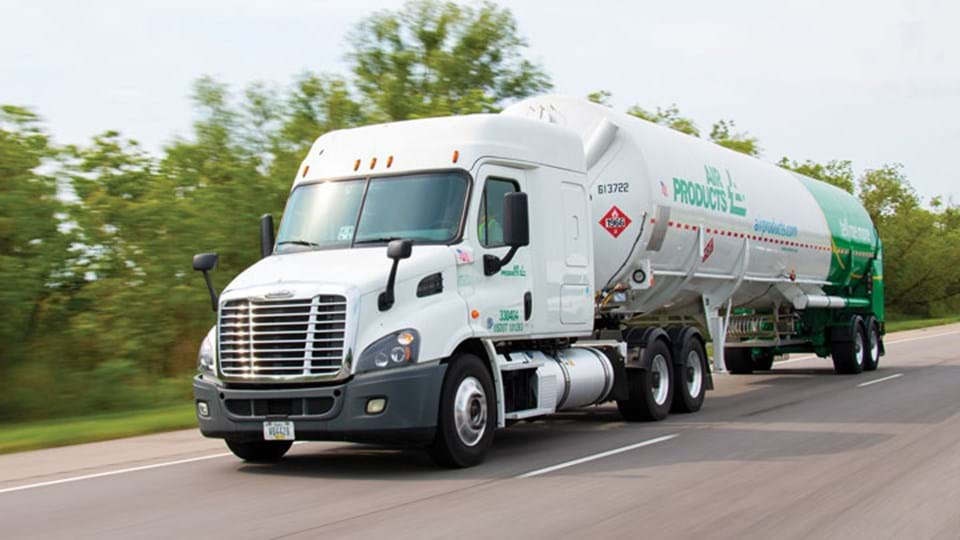If you ask most industry professionals, they will tell you that hydrogen power will likely be one of the leading sources of aircraft propulsion in the future. However, the main problem with the fuel is storage. While gas has too much volume to be of use in an aircraft, liquid hydrogen needs to be kept at frigid temperatures. In this article, we will discuss the ways airports will need to adjust to the hydrogen era.
To keep hydrogen a liquid, cryogenic tanks must be used. Transport in airports is usually done by trucks. However, these types of carriers cost well over two hundred thousand dollars. Furthermore, the hydrogen must arrive at the airport from a plant. This further complicates the process by involving more energy and expense.

To keep things simpler, airports could build their own hydrogen processing plants. Again, both expense and real estate feasibility come into play. To make hydrogen work in a modern airport, all fuel transportation and storage facilities must be remodeled. However, since hydrogen flight’s introduction will be gradual, it would be nearly impossible to achieve.
While hydrogen may have many benefits, the costs to remodel and change almost all of an airport’s infrastructure is too heavy a price to pay for most airports. We must find a way to use hydrogen effectively in all airports before it becomes too late.
